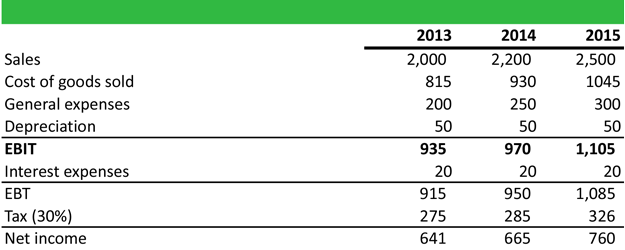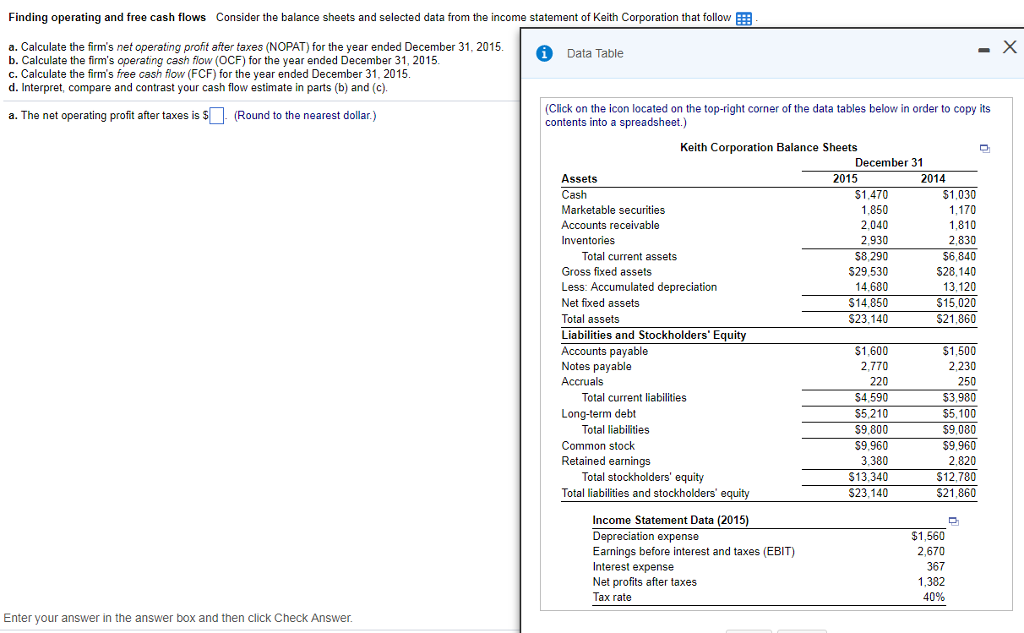
Group your expenses into categories based on their business function. Look several months back and identify any recurring costs. To get a sense of how much it costs to run your business, start by tracking your operating expenses using the following simple steps: To be successful, experts say your operating expenses should be between 60-80% of your gross income. These expenses aren’t recurring, so they don’t count toward your operating expenses. On the other hand, a capital expense could be buying equipment like a new computer or furniture for a new office. But what are operating expenses you’d typically incur as a small business? Here are some common examples of operating expenses: Your operating expenses) are simply the cost of running your business minus any capital expenses, like a large, one-time purchase. Here, we’ll help you educate yourself on this challenging topic, including, defining what are operating expenses, what they mean for your cash flow, and why this matters for your growing business. 
Instead, you can curb many cash flow issues with one tactic: cutting your business’ operating expenses.

/Applecash2019-80a52328f14a4b088790109627818e14.jpg)
What’s more, business mentorship platform SCORE reports that 82% fail because of cash flow problems.īut your company doesn’t have to be another statistic. According to the Small Business Association (SBA), 20% of all new ventures will fail within the first year. Your financial health and current market conditions can make or break your small business.




/Applecash2019-80a52328f14a4b088790109627818e14.jpg)


 0 kommentar(er)
0 kommentar(er)
